Opening an apartment door without a key can be a daunting prospect, whether due to misplacement, accidental lockout, or other unforeseen circumstances.
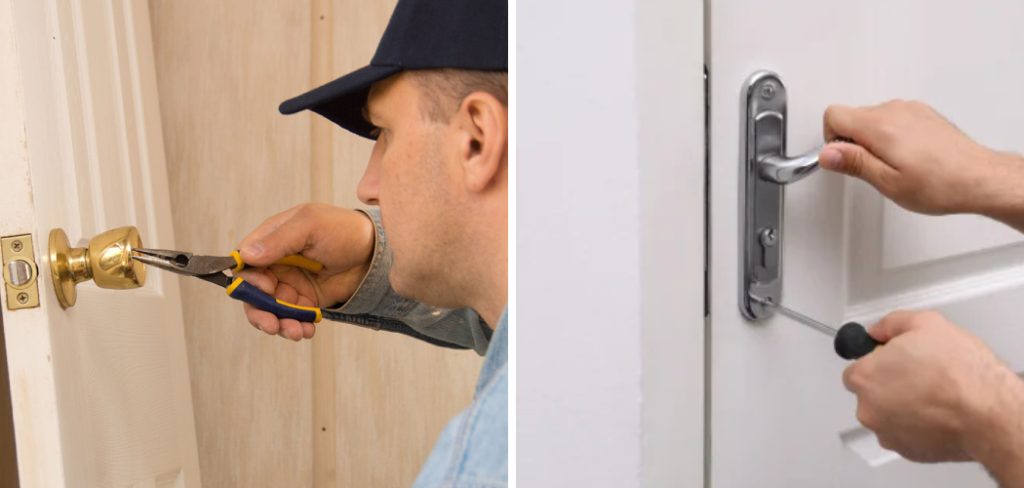
This article aims to provide a comprehensive guide on how to open apartment door without key. While the ideal solution is always to have a spare key on hand or to contact a professional locksmith, there are a few methods that tenants can consider in emergencies.
Depending on the type of lock and door, options may include using a credit card or similar flat object to manipulate the latch, attempting to pick the lock with specialized tools, or seeking assistance from building management or neighbors. However, it’s crucial to approach these methods with caution and only attempt them if legally permissible and in genuine emergencies.
This article provides insights into various techniques for opening an apartment door without a key, emphasizing the importance of prioritizing safety, legality, and consideration for others’ property and privacy.
Common Scenarios Where Keyless Entry Methods Are Needed
There are several common scenarios where you might find yourself in need of a keyless entry method to access your apartment:
Misplaced or Lost Keys
One of the most frequent reasons people find themselves locked out is simply due to losing or misplacing their keys. Whether they were left at a friend’s house, dropped during a commute, or accidentally forgot inside the apartment, the outcome is the same—no easy way to get back inside.
Accidental Lockouts
Accidental lockouts can happen to anyone. For instance, stepping out to grab the newspaper or take out the trash and the door closes behind you, locking you out. These everyday activities can quickly turn frustrating if you are without a spare key nearby.
Malfunctioning Locks
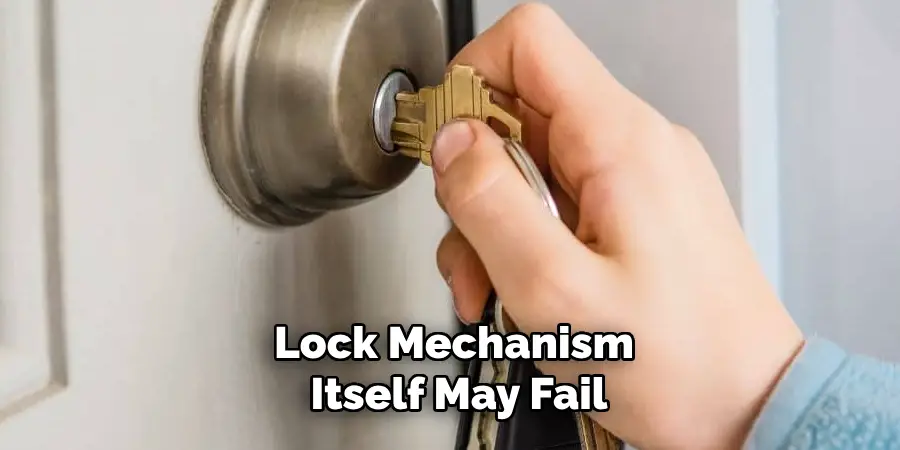
At times, the lock mechanism itself may fail, either due to wear and tear, damage, or a factory defect. In such cases, even having the key might not help, necessitating alternative entry methods until a professional can repair or replace the lock.
Forgotten or Stolen Keys
Forgetting your keys at work, a friend’s place, or any other location can also lead to a situation where keyless entry is essential. Additionally, if your keys are stolen, finding a way into your apartment without them becomes urgent and important for securing your home.
In these situations, having knowledge of various keyless entry techniques can save you time, reduce stress, and offer temporary solutions until you can regain access to a traditional key or professional assistance arrives.
Understanding Apartment Door Lock Types
To effectively utilize keyless entry methods, it is essential to understand the various types of locks that are commonly installed on apartment doors. Here, we will explore the most prevalent lock types, helping you to identify what you’re dealing with and select the most appropriate entry technique.
Deadbolt Locks
Deadbolt locks are one of the most common types of residential door locks. They are highly secure due to their robust mechanism, which typically includes a steel bolt that extends into the door frame.
There are two primary types of deadbolts: single-cylinder and double-cylinder. Single-cylinder deadbolts are operated with a key from the outside but feature a thumb-turn on the inside. Double-cylinder deadbolts require a key for operation on both sides, offering additional security but posing a challenge during lockouts.
Knob Locks
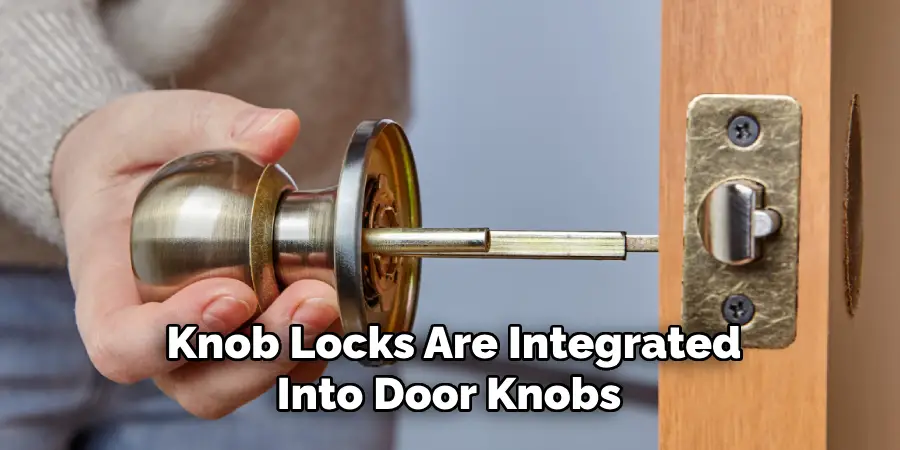
Knob locks are integrated into door knobs and are often used in conjunction with a deadbolt lock for added security. The locking mechanism is located inside the knob itself, making it susceptible to forced entry techniques such as using a credit card or a similar flat object. This design can be easier to bypass compared to deadbolt locks.
Lever Handle Locks
Lever handle locks are commonly used on interior doors but can also be found on apartment entry doors.
These locks feature a lever handle rather than a knob, making them easier to operate, particularly for individuals with physical disabilities. Similar to knob locks, the locking mechanism within a lever handle lock is relatively straightforward, making it a potential candidate for keyless entry methods.
Smart Locks
Smart locks have become increasingly popular due to their convenience and advanced features. These electronic locks can be operated via a smartphone app, keypad, or biometric sensor, eliminating the need for traditional keys.
However, they may present challenges if the electronic system malfunctions or the power source fails. Some smart locks also include backup keyholes, requiring knowledge of traditional lock picking or other keyless entry techniques.
Keypad Locks
Keypad locks use a numerical code to grant access, making keys unnecessary. While they offer convenience and ease of use, keypad locks can still suffer from electronic failures or worn-out keypads. Knowing the master code or reset procedures is crucial in gaining entry when these issues arise.
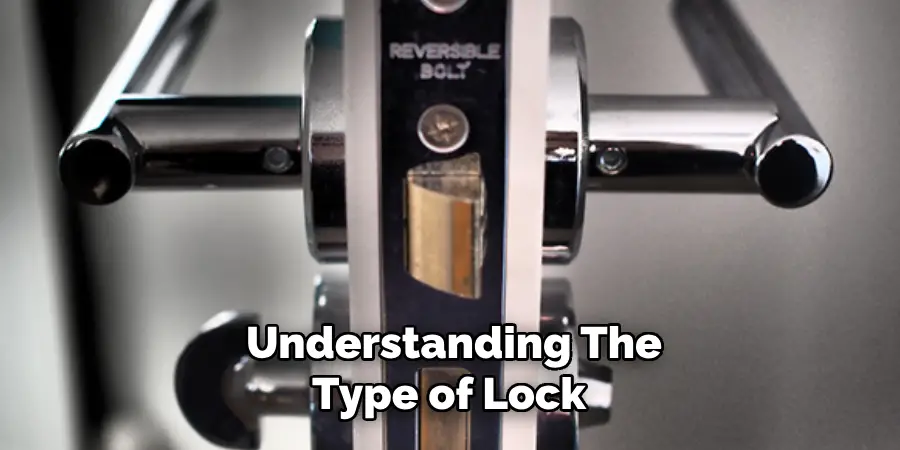
Understanding the type of lock you are dealing with can greatly influence the success of your keyless entry attempt. Identifying whether you have a deadbolt, knob lock, lever handle lock, smart lock, or keypad lock will guide you in selecting the most appropriate and effective method to regain access to your apartment.
Different Mechanisms and Security Features
Understanding the different lock mechanisms and their security features is crucial for determining the best keyless entry methods and anticipating possible challenges. Here, we will discuss various mechanism types and their unique security attributes.
Pin Tumbler Mechanism
Pin tumbler locks are among the most common mechanisms found in deadbolts and knob locks. These locks operate using a set of pins of varying lengths, which must align perfectly with the shear line to turn the lock. They offer a moderate level of security but can be picked using specialized tools by those with enough expertise.
Wafer Tumbler Mechanism
Wafer tumbler locks use flat, wafer-like components instead of pins. These mechanisms are commonly found in low-security locks, such as those used in cabinets or older lever handle locks.
While easier to manipulate than pin tumbler locks, they still present a degree of difficulty to unauthorized entry.
Disc Detainer Mechanism
Disc detainer locks, often used in high-security environments, utilize rotating discs that must be aligned correctly to unlock.
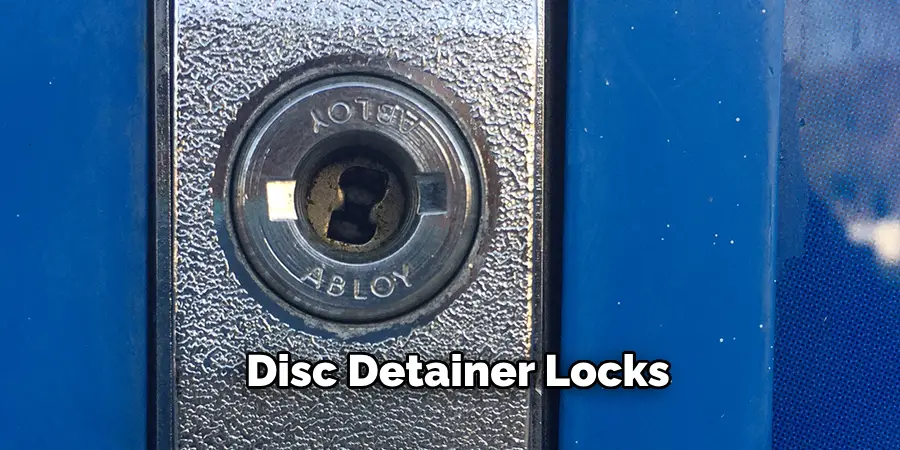
This type of mechanism is generally more resistant to picking compared to pin or wafer tumbler locks, making it a reliable choice for securing valuable assets or important locations.
Magnetic Mechanism
Magnetic locks use magnetic fields to secure doors, often composed of an electromagnet and an armature plate. These locks are known for their strength and reliability, particularly in commercial settings.
However, they depend on a constant power source, potentially creating vulnerabilities during power outages unless supported by a backup system.
Smart Lock Technologies
Smart locks incorporate a variety of advanced electronic mechanisms, such as biometric sensors, wireless connectivity, and encrypted keyless entry systems.
They provide high levels of security and convenience but may be prone to electronic failures or hacking attempts. Regular software updates and strong passwords are essential to maintain their security standards.
Anti-Drill and Anti-Pick Features
Modern locks often include additional security features designed to thwart common break-in techniques.
Anti-drill plates make it difficult to bore through the lock mechanism, while anti-pick pins or spools increase the complexity of picking attempts. These enhancements are particularly relevant for preventing unauthorized access in deadbolt and smart lock systems.
Factors Affecting Accessibility Without a Key
When attempting to gain access to a locked environment without a key, several factors can significantly influence the success and method of entry. Understanding these factors can help determine the appropriate keyless entry technique and identify potential challenges.
Lock Complexity
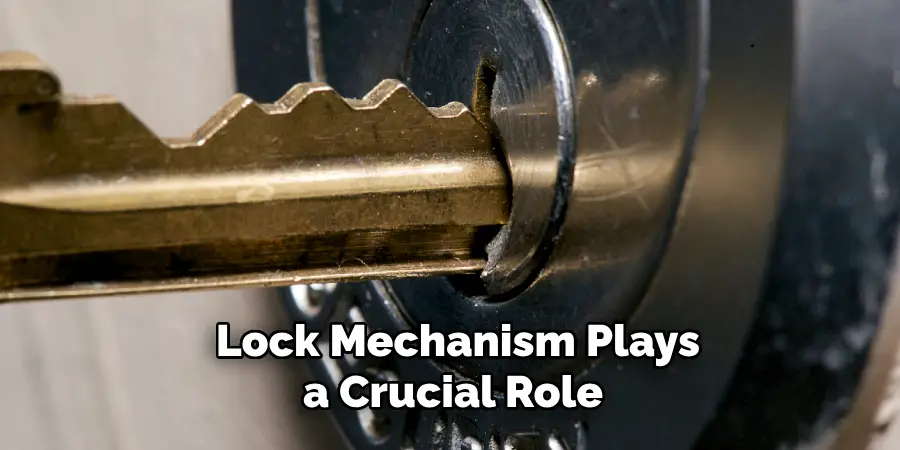
The complexity of the lock mechanism plays a crucial role in determining how difficult it will be to bypass without a key. High-security locks with intricate designs, such as disc detainer mechanisms or those featuring anti-pick and anti-drill technologies, are much harder to manipulate compared to simpler wafer or pin tumbler locks.
The level of craftsmanship and additional security features embedded in the lock can greatly affect the ease of entry.
Lock Condition
The overall condition of the lock, including its age, wear, and maintenance status, can impact accessibility without a key.
Older or poorly maintained locks may be more susceptible to picking or other bypass methods due to worn internal components. Conversely, new and well-maintained locks typically offer tighter security, making unauthorized entry more challenging.
Environmental Factors
Environmental conditions, such as weather and lighting, can also influence the feasibility of keyless entry attempts. For instance, poor lighting can hinder the ability to see the details necessary for lock picking, while extreme weather conditions, such as rain or cold, could affect both the lock’s functionality and the dexterity required to use specific tools.
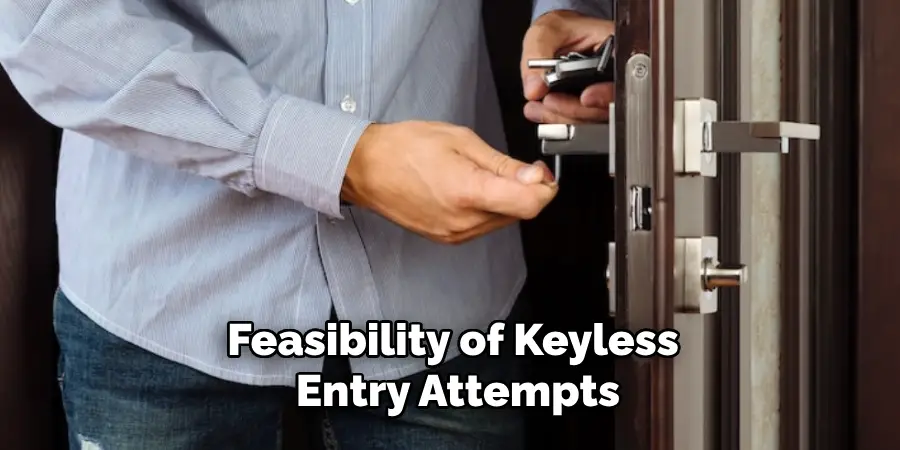
Additionally, locks exposed to harsh environments may experience corrosion or other damage, potentially making them easier to bypass.
Available Tools and Expertise
The type and quality of tools available, along with the user’s level of expertise, are vital factors in keyless entry success. Specialized tools are often required for different lock mechanisms, and proficiency in using these tools is essential.
For example, a novice may struggle with complex lock-picking techniques, whereas an experienced locksmith or security professional can efficiently handle various locks.
Legal and Ethical Considerations
It’s important to consider the legal and ethical implications of attempting to unlock a door without a key.
Unauthorized entry is illegal and punishable by law. Always ensure you have the right to access the property or obtain permission from the rightful owner before attempting any keyless entry method. In cases of emergency, contacting a professional locksmith or law enforcement may be the most appropriate course of action.
10 Methods How to Open Apartment Door without Key
01.Lock Picking:
At the heart of the art of opening doors without keys lies the ancient skill of lock picking, a delicate dance between precision and finesse.
By manipulating the internal components of a lock with specialized tools, individuals can coax tumblers into alignment, granting them access to realms once thought impregnable. This method, steeped in the traditions of locksmithing, serves as the cornerstone of the art of circumvention, demonstrating the power of human ingenuity in the face of adversity.
02.Bypassing the Deadbolt:
In the hierarchy of security measures, the deadbolt stands as a stalwart guardian, a sentinel against the encroaching tide of intrusion. Yet, for those versed in the arcane arts of lock manipulation, even the most formidable defenses can be breached.
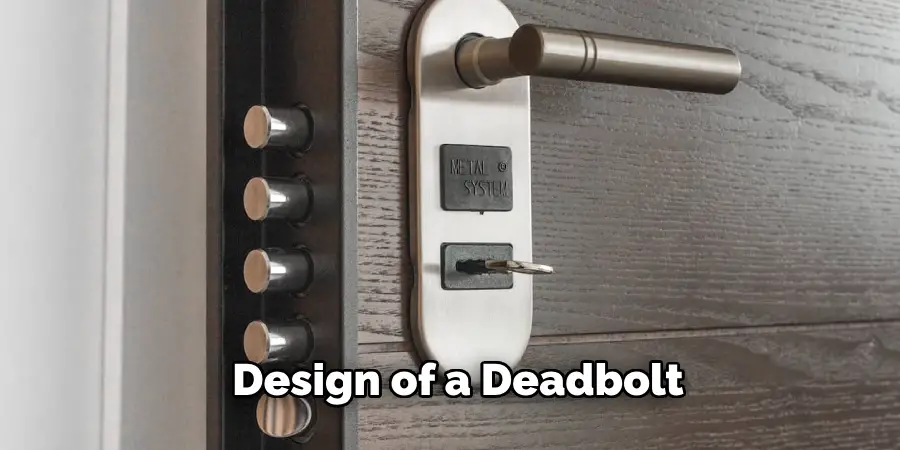
By exploiting weaknesses in the construction or design of a deadbolt, individuals can bypass its mechanisms, granting them access to the sanctuaries beyond. This method, born of meticulous observation and keen insight, serves as a reminder that in the realm of security, no defense is impervious to the relentless march of progress.
03.Key Duplication:
In the realm of duplicity, the humble key holds sway as a potent tool of subversion, a key to unlocking doors both literal and metaphorical. By surreptitiously obtaining a copy of a key, whether through the art of impressioning or the use of modern technology, individuals can gain access to spaces without the need for conventional means.
This method, steeped in the traditions of espionage and intrigue, underscores the importance of safeguarding one’s keys against the prying eyes of would-be infiltrators.
04.Social Engineering:
In the intricate tapestry of human interaction, deception often serves as the key to unlocking doors otherwise closed to us.
Through the art of social engineering, individuals can exploit the frailties of human nature to gain access to restricted spaces, whether through the use of persuasion, manipulation, or outright deception.
This method, born of psychological insight and strategic thinking, demonstrates the power of interpersonal dynamics in the pursuit of access.
05.Forging Access Credentials:
In the realm of digital security, access credentials serve as the keys to unlocking virtual gates, granting entry to realms both vast and intricate. By forging or otherwise obtaining legitimate access credentials, individuals can circumvent electronic locks and gain entry to spaces otherwise off-limits to them.
Whether through the use of phishing, malware, or other forms of digital subterfuge, this method highlights the importance of vigilance in the face of evolving threats.
06.0Exploiting Vulnerabilities in Electronic Locks:
In the grand tapestry of technological advancement, electronic locks emerge as a beacon of innovation, a testament to the power of human ingenuity in the face of adversity. Yet, for those with the skill and knowledge to exploit them, even the most sophisticated electronic locks can be rendered vulnerable.
By identifying and exploiting weaknesses in their design or implementation, individuals can bypass electronic locks and gain access to secured spaces with ease. This method, born of technological prowess and strategic thinking, serves as a reminder that in the realm of security, innovation breeds both progress and peril.
07.Utilizing Emergency Overrides:
In times of crisis, when chaos threatens to breach the sanctity of our dwellings, emergency overrides stand as a last line of defense against the encroaching tide of intrusion.
By exploiting vulnerabilities in their design or implementation, individuals can trigger emergency overrides on locks, granting them access to spaces otherwise off-limits to them.
Whether through the use of physical force, manipulation of internal components, or other forms of subversion, this method underscores the importance of preparedness in the face of unforeseen circumstances.
08.Gaining Access Through Windows or Vents:
In the realm of physical security, doors often serve as the primary barrier between us and the outside world, yet they are not the only means of ingress available to the determined infiltrator.
By exploiting vulnerabilities in windows or vents, individuals can gain access to secured spaces without the need for conventional means. Whether through the use of specialized tools, physical dexterity, or sheer brute force, this method highlights the importance of considering all possible avenues of ingress when assessing security vulnerabilities.
09.Using Lock Bumping Techniques:
In the delicate dance between security and subversion, lock bumping emerges as a potent tool of circumvention, a technique that exploits weaknesses in the design of pin tumbler locks.
By applying controlled force to the pins within a lock while simultaneously turning the key, individuals can manipulate them into alignment, effectively “bumping” the lock open without the need for a key. This method, born of meticulous precision and mechanical insight, serves as a testament to the power of innovation in the face of adversity.
10.Seeking Assistance from Maintenance or Emergency Personnel:
In times of need, when all other avenues of access have been exhausted, seeking assistance from maintenance or emergency personnel can serve as a last resort for gaining entry to secured spaces.
Whether through the use of legitimate channels or more clandestine means, individuals can enlist the aid of those with the authority and expertise to bypass security measures and grant them access to restricted areas. This method, born of necessity and resourcefulness, underscores the importance of cooperation and collaboration in the pursuit of access.
Conclusion
In the ever-evolving landscape of security, the methods and means of gaining unauthorized access continue to advance alongside the technologies designed to prevent them. From the manipulation of physical locks to the exploitation of social engineering and digital vulnerabilities, it is evident that no system remains entirely impervious to the determined infiltrator.
This intricate dance between security and subversion serves as a stark reminder of the importance of constant vigilance, innovation, and adaptability in protecting our sanctuaries. Thanks for reading, and we hope this has given you some inspiration on how to open apartment door without key!
